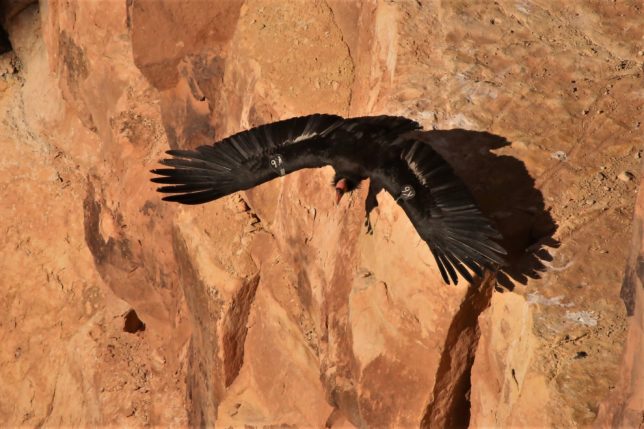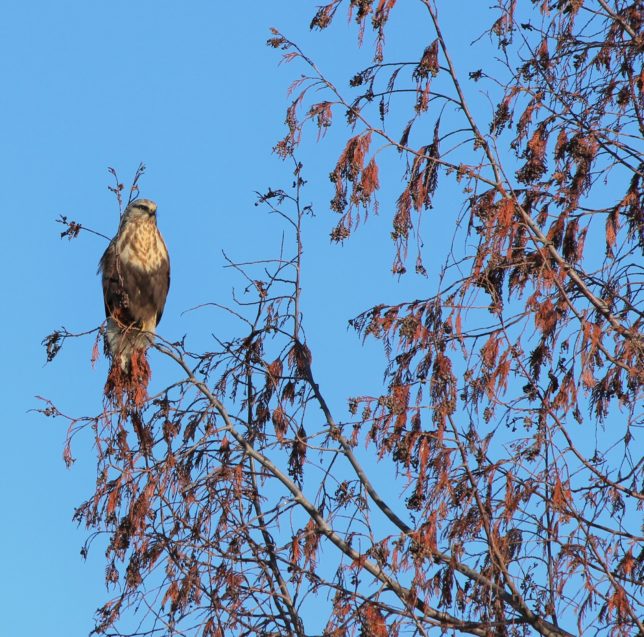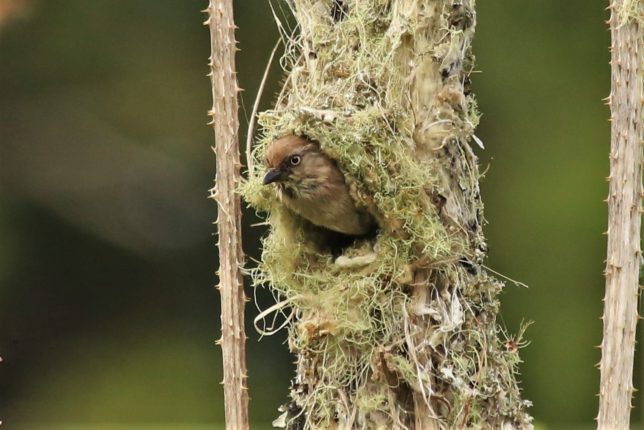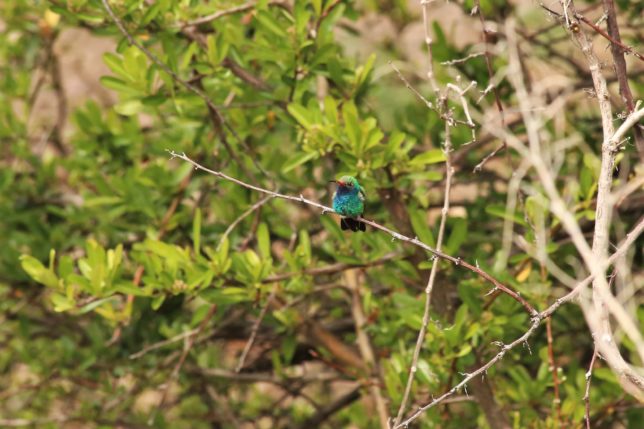
Let’s talk about birds. They have seemingly conquered every stretch of our planet from the seas, skies, and landmasses. They have survived ice ages, volcanic eruptions, meteors, and thus far, humans. These animals exhibit drastic variations in size, habitats, behaviors, and morphology. They also demonstrate unique and incredibly fine-tuned adaptions like the bills of Galapagos finches. From the ostrich to the bee hummingbird, all of them derived from the same focal ancestors some 150 million years ago and have been ruthlessly shaped through a myriad of evolutionary processes. The most powerful tool in the evolutionary wheel is time. Luckily for birds, they have had an immense amount of time fine-tuning their survival skills and displaying the extraordinary lives we have come to love. But just how much time have birds had to evolve? And what has been happening throughout these periods? Evolutionary biologists have been asking questions like this for millennia. Thanks to fossils new and old, and the advancement of taxonomy, radioactive dating, and various life sciences, we are starting to crack the shell on some of these questions.
For a long time, there were two main evolutionary hypotheses. That birds evolved either from thecodonts, an ancient ancestor to reptiles, or theropods, a branch of dinosaurs. Underlying these two theories were the origins of flight. The theropod theory proposed that birds evolved from cursorial species (meaning fast locomotion on the ground) and gradually created lift through the evolution of wings and feathers. However, the thecodont theory suggested that birds evolved from arboreal species. This meant species who could glide or soar gradually evolved the ability to sustain flapping flight. Recently, fossil evidence has overwhelmingly sided with the theropod theory. However, there is still a distinct fight about how birds learned to fly. To many, the arboreal idea is clearly more realistic. But with most fossil evidence pointing towards dinosaur ancestry, researchers have begun digging into possibilities such as therapods who could glide. The problem is that fossils are rare finds, and so seeking justification from a yet-unfound fossil is often futile.

Another interesting point is that feathers are not unique to birds. In fact, feathers have been unearthed across multiple taxa of dinosaurs. Although the function of these feathers is debated, none of the species appeared capable of flight. Therefore, this adaptation of feathers from a cursorial perspective might prove possible. The hard truth is that looking back over 100 million years is difficult, limited, and requires a lot of theoretical insight. One of the most famous archeological discoveries was that of archaeopteryx. Identified as the link between birds and therapods, archaeopteryx shared many common characteristics with both therapods and modern birds such as feathers, a keeled sternum, and hollow bones. This species was heralded as a monumental discovery because it was direct fossil evidence of a transitional species into the avian taxa. Archaeopteryx was alive during the Mesozoic approximately 150-125 million years ago. During this time, dinosaurs were the dominant species on the planet. This means that archaeopteryx and other birds were living and evolving alongside their dinosaur ancestors. A common misconception is that evolution happens orderly, with one species dying off and giving rise to another. The truth is that evolutionary processes act very slowly. Many times, the ancestors and predecessors coexist for long periods. That is the case with birds and dinosaurs as well. During this era of dinosaur coexistence, there were two major clades of birds, the enantiornithines and ornithines. Enantiornithines were a distinct class of birds that thrived during the “age of the dinosaur.” Yet, it was the ornithines who evolved into the living birds we have now. There is a diverse fossil record for enantiornithines, despite that they weren’t recognized as a distinct group until 1981. These ancient species were capable fliers, likely fed on fish, and were suited to perch and strike prey from above. However, just like the dinosaurs and many other living organisms, the K-T extinction event signaled the end for this ancient group of birds. The K-T extinction event was the meteorite that collided with earth to end the Cretaceous period, killing half of all living organisms and all dinosaurs. The collision was not what directly killed all living organisms. Scientists have since estimated that the earth’s climate was drastically altered for nearly 10,000 years after the crash. The impacts of the large-scale climate change caused many of the larger organisms to eventually die off. The catastrophic extinction opened the doors for any living organism resilient enough to survive in the new era. Unlike the enantiornithines, the ornithines survived and gave rise to the nearly 11,000 bird species today.

Bones play a crucial role in our understanding of the past. It was bones that first gave scientists pause when estimating the age of the earth. Many geologists and archaeologists could not reasonably explain the number of different extinct taxa they found unless the planet was drastically older than predicted. Additionally, bones tell us a story without ever making a movement or sound. For example, from archaeopteryx, they dated the first species back 150 million years, described ancestral traits, and proceeded to track evolutionary changes as more fossils were found.
To date fossils, there are multiple methods. Carbon 14 dating is used for specimens younger than 60,000 years due to the limit of its half-lives. Therefore to analyze ancient fossils like archaeopteryx, they use radiometric, isotope, or relative dating of the rock layer.

So let’s start again, birds have been around for nearly 150 million years. To me, that is incredible. The earliest known human species first appeared around 6 million years ago, and Homo sapiens only 200,000 – 300,000 years ago. The worst part about studying evolution is knowing that it is nearly impossible to witness it presently happening. Fossils give us incredible hindsight to make observations, but are woefully inept at helping us predict the future. Our present knowledge of bird populations, migration, and ecology has never been better. Using this information is pivotal to protecting species in the immediate future, but as with many things, our inability to see and predict macro-level changes will always keep us on our heels. So when you watch a common loon, broad-winged hawk, or scarlet tanager fly by, marvel at the complete grandiose nature that it is here.
Bibliography:
Chiappe L. M., and Dyke G. J. The Mesozoic radiation of birds. 2002. Annu Rev Ecol Syst 33:91–124
O’donoghue, J. Living dinosaurs: when did modern birds evolve? 2010. < https://www.newscientist.com/article/dn19852-living-dinosaurs-when-did-modern-birds-evolve/>.
Padian, K., and L. M. Chiappe. The origin and early evolution of birds. 2007. Biological Reviews 73:1-42
Pontzer, H. Overview of Hominin Evolution. 2012. Nature Education Knowledge 3(10):8
Understanding Evolution. The origin of birds. < https://evolution.berkeley.edu/evolibrary/article/evograms_06>.
Zhou, Z. The origin and early evolution of birds: discoveries, disputes, and perspectives from fossil evidence. 2004. Naturwissenschaften 91:455–471

